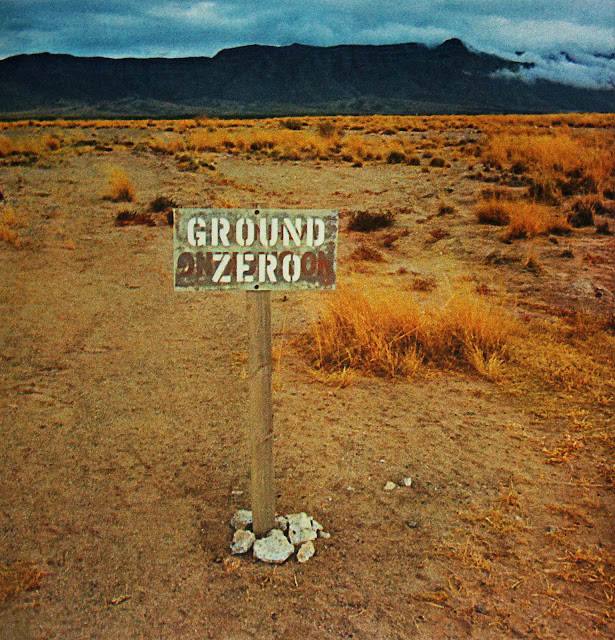Damien Hirst’s Shark: Nature, Capitalism and the Sublime
by Luke White
The sheer volume of recent writings and academic conferences on the contemporary sublime suggest the subject is very much a matter of current concern [1]. But there is also a sense in which the sublime is not ever quite contemporary. To discuss the sublime now, we find ourselves inevitably tracing our way back to a historical discourse, to eighteenth-century thinkers such as Edmund Burke and Immanuel Kant who theorised sublimity in its ‘classic’ form, or to nineteenth-century artists such as Caspar David Friedrich or J.M.W. Turner, with whom the aesthetic of the sublime is tightly associated. In fact, the very eighteenth-century thinkers who developed the notion of the sublime in its familiar, modern form were already looking back to the ancient world and to Longinus, and thus found themselves already caught up in the untimeliness of the idea [2].
by Luke White
The sheer volume of recent writings and academic conferences on the contemporary sublime suggest the subject is very much a matter of current concern [1]. But there is also a sense in which the sublime is not ever quite contemporary. To discuss the sublime now, we find ourselves inevitably tracing our way back to a historical discourse, to eighteenth-century thinkers such as Edmund Burke and Immanuel Kant who theorised sublimity in its ‘classic’ form, or to nineteenth-century artists such as Caspar David Friedrich or J.M.W. Turner, with whom the aesthetic of the sublime is tightly associated. In fact, the very eighteenth-century thinkers who developed the notion of the sublime in its familiar, modern form were already looking back to the ancient world and to Longinus, and thus found themselves already caught up in the untimeliness of the idea [2].
Such a notion of a ‘contemporary sublime’ thus seems to me to raise two closely linked questions. First: what does it mean for the sublime to be at once a matter of current concern, but also a very old idea? And second: what is the relationship between the sublime that cultural historians of the eighteenth century studied and the sublime now?
Answering these questions is complicated by the peculiarly intermittent unfolding of the history the sublime, which has cycled repeatedly between being a key aesthetic or critical idea and becoming something seemingly irrelevant and outmoded, rising from its grave repeatedly, like those movie-monsters who are never quite killed off because they are already (un)dead. This insistent repetition of the sublime – like the return of the repressed – involves us in the temporality that Freud called Nachträglichkeit (sometimes translated as ‘afterwardsness’). Entwined as it is with a temporality of return, I understand the ‘contemporary sublime’ as a matter of our culture’s haunting by the history of sublimity. In such Freudian terms, haunting and Nachträglichkeit speak in turn of trauma; and the trauma that I would argue lies at the heart of this haunting is the rise of the capitalist modernity in which, as Marx’s translators put it, ‘all that is solid melts into air’, a phrase itself redolent with alchemical notions of sublimation [3]. After all, parallel to the aesthetic revolution of the sublime ran the ‘financial revolution’ of the 1680s to 1750s [4]. If we find ourselves tangling with the sublime again today, the reason for this might be our embrace within a capitalist modernity whose form of capital has come once more to bear uncanny resemblances to the imperial, hyper-liquid and perplexingly spectral capital of the eighteenth century.




